From the Consultant’s Corner 10/1/11
Employing “Subsidiary” Physicians: What Hospitals Need to Know to Do It Right
It’s official: I must be getting old. After 25 years of working with physician practices and hospitals, I am now seeing trends come full circle.
One example is that of hospitals employing physicians. I have watched it become popular, unpopular, and now popular again. It is a topic of conversation with almost every client we work with, and I am incredibly impressed with how dedicated each side is to creating win-win relationships.
Thinking about the historical relationship between physicians and hospitals brings to mind a number of management models. The more traditional models include everything from physician representation on a hospital board to practice-hospital joint ventures. Now there’s a growing national movement toward employing physicians in “subsidiary” organizations that exist underneath the hospital umbrella. That can be a very effective management approach. But in my experience, it is important to point out that its success depends on giving physicians a direct role in controlling those aspects of practice most important to them.
Under many employed physician paradigms, hospitals recruit physicians and align them with in-house programs by medical specialty. It’s common to see an oncologist placed in a hospital cancer clinic, for example. A common drawback to these models is that they typically aren’t designed to offer physicians a governance role as well as responsibility for overseeing their clinical practice.
That harks back to the 1980s, when hospitals and physicians joined to form Health Maintenance Organizations (HMOs) in an effort to control medical costs. I would agree with many experts who believe that HMOs failed in this initiative, in part due to minimal physician involvement in decision-making. The goal now is for hospitals to employ physicians in a way that encourages them to begin building what I think of as, in essence, thriving group practices.
Functioning in an entrepreneurial mode
Over the years, the most successful healthcare organizations I know have learned that the best governance fosters physician responsibility and control over clinical operations. In line with this concept, the latest trend in hospital-physician strategic integration is the subsidiary physician organization (SPO), sometimes called a subsidiary physician company (SPC).
In this model, hospitals employ formally organized physician groups, allowing them a separate corporate structure with the hospital as the parent entity. The hospital, legally responsible for protecting its fiduciary interests, retains control over the bottom line.
The SPO operates independently on a delegated basis, with authority over clinical issues, physician compensation levels, budget, staffing, strategic alignment, policies and procedures, quality assurance, and patient satisfaction standards. Still, the SPO maintains financial operations aligned with hospital policies.
Physicians also may have a role on the hospital’s board of trustees, but through committees retain control over the operations of the medical group — especially as they relate to patient care. Both entities align with the hospital’s mission, operating standards, business practices, quality initiatives, and patient care guidelines.
In addition — and this is a point I consider essential — the hospital is responsible for providing physicians with the tools they need to develop leadership ability, communications skills, decision-making competency, and financial acumen.
Allowing physicians to practice as an entrepreneurial, multispecialty group within the hospital has significant benefits for patients, healthcare institutions, and physicians. Specifically, hospitals have recognized that conceding providers a degree of autonomy:
- Attracts physician accustomed to the private-practice model more easily
- Encourages more satisfied physician employees
- Gives physicians the authority — and willingness — to make business decisions that support financial stability
Physicians, in turn, enjoy more ability to be entrepreneurial as well as focus on patient care quality. This kind of employment with the hospital also allows economy of scale savings, more effectively managed employee benefits, and access to hospital resources including information technology (IT) staff, technicians, and expert financial planning.
In my opinion, a thriving SPO-hospital relationship requires a shared vision, balanced needs, and the ability to work through issues effectively. Hospitals can begin by identifying a small team of physicians who have the respect of their peers and a willingness to work with hospital policies, board structure, and leadership.
To represent the hospital, I advise choosing leaders who understand physicians and have their confidence. Depending on the organization and personalities involved, these individuals could include a chief of medical staff, hospital chief executive officer, or president. What matters most is that each side trusts, respects, and understands the other’s needs. In many cases, a qualified, experienced third-party consultant can facilitate the process and help establish provisions and bylaws.
The SPO offers mutual benefits to both sides, as well as a model for managing our ever-changing healthcare climate. Although hospitals give up a modicum of authority, the resulting partnership fosters fiscal responsibility, negotiating clout, and economies of scale. In the end, it’s all about finding new ways to collaborate for improved continuity and quality of care.

Rob Culbert is founder and president of Culbert Healthcare Solutions, a professional services firm serving healthcare organizations in the areas of operations management, revenue cycle, clinical transformation and information technology.


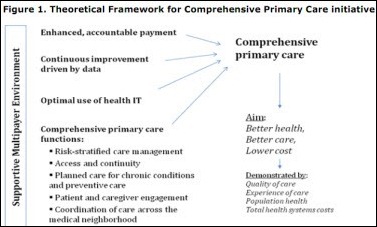








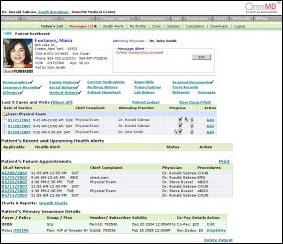

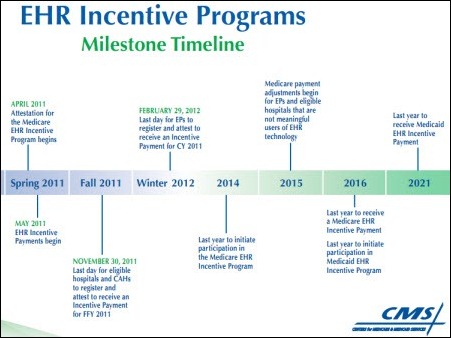
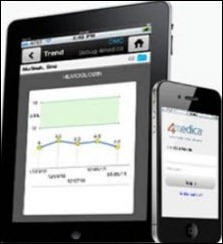
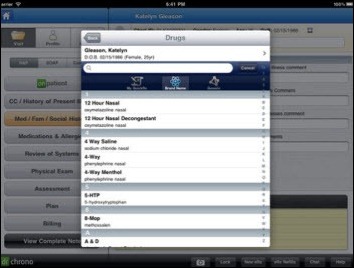
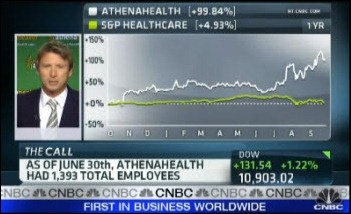

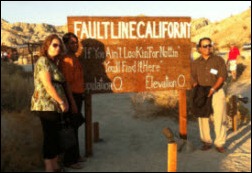



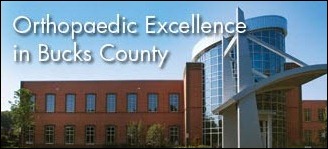

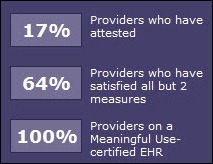


Re: Walmart Health: Just had a great dental visit this morning, which was preceded by helpful reminders from Epic, and…